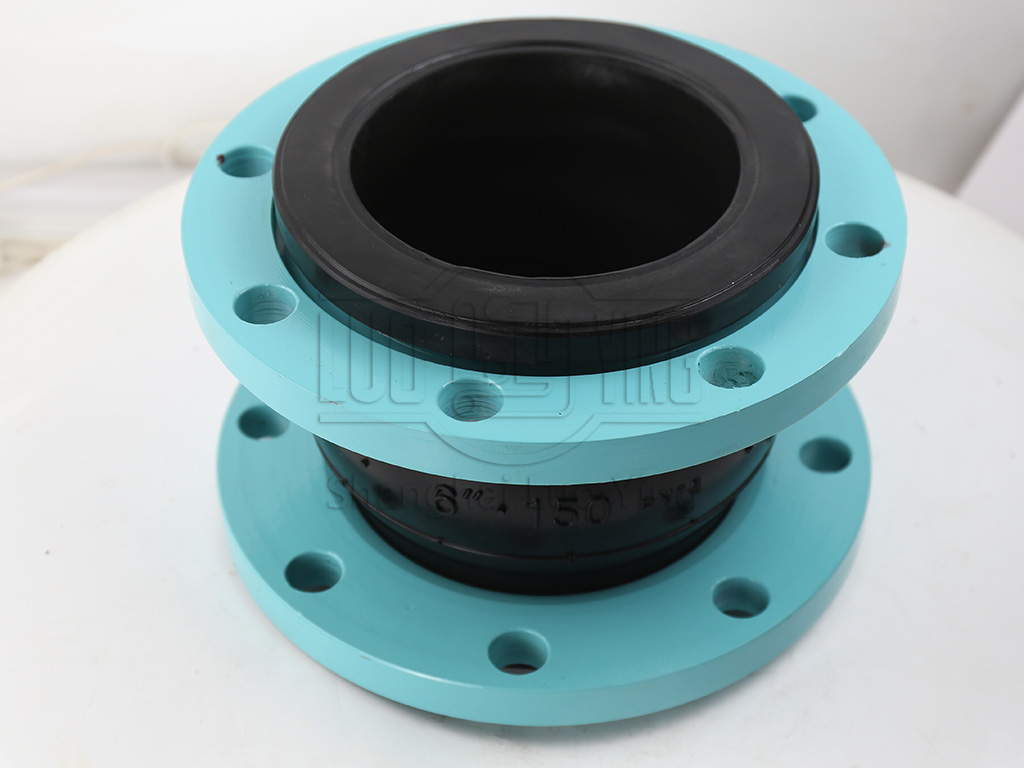Double Ball Flexible Rubber Joint Material Selection and Performance Characteristics.
Nov-23-14
Double Ball Flexible Rubber Joint Material Selection and Performance Characteristics. The material selection for double flexible rubber joints is an important that affects their performance and in various applications. In this article, we discuss the key materials used in joints and their performance characteristicsDouble ball flexible rubber joints are commonly used in piping systems to movements,, and shocks. These joints of two rubber spheres connected by flexible sleeve. The selection of materials for these joints depends factors such as the type of flowing through the system, temperature pressure, and the specific requirements of the application.

For applications that involve temperature or aggressive fluids, synthetic materials such as EPDM (ylene Propylene Dieneomer), Nitrile, Neoprene are often preferred EPDM rubber offers excellent resistance to heat, ozone, chemicals, and weathering, making it suitable for a wide range of applications. Nitrile rubber provides good resistance to oils, fuels, and greases, making it ideal for applications in the oil and gas industry. Neoprene rubber offers good resistance to ozone, weathering, and many chemicals, making it suitable for outdoor applications.
The selection of materials for the flexible sleeve of double ball flexible rubber joints is also crucial. The sleeve material should be flexible, durable, and have good resistance to chemicals and temperature. Commonly used materials for the sleeve include synthetic elastomers such as EPDM rubber, Nitrile rubber, and Neoprene rubber, similar to the materials used for the spheres. The sleeve provides flexibility and allows movements in different directions while maintaining the structural integrity of the joint.
The performance characteristics of double ball flexible rubber joints are influenced by the materials used. These joints offer excellent flexibility, allowing them to absorb movements and vibrations, reducing the risk of damage to the piping system. The selected materials provide good resistance to chemicals, temperature variations, and weathering, ensuring the longevity of the joints This resistance also prevents leakage and failure of the joint, enhancing the overall performance and reliability of the piping systemIn conclusion, the material selection for double ball flexible rubber joints plays a critical role in their performance and durability. Natural rubber is commonly for moderate temperature and pressure applications, while synthetic rubber materials such as EPDM, Nitrile, oroprene are preferred for high temperature or aggressive fluid applications. The selected materials offer excellent flexibility, resistance to chemicals, and weathering, ensuring the and longevity of these joints in various piping systems.

